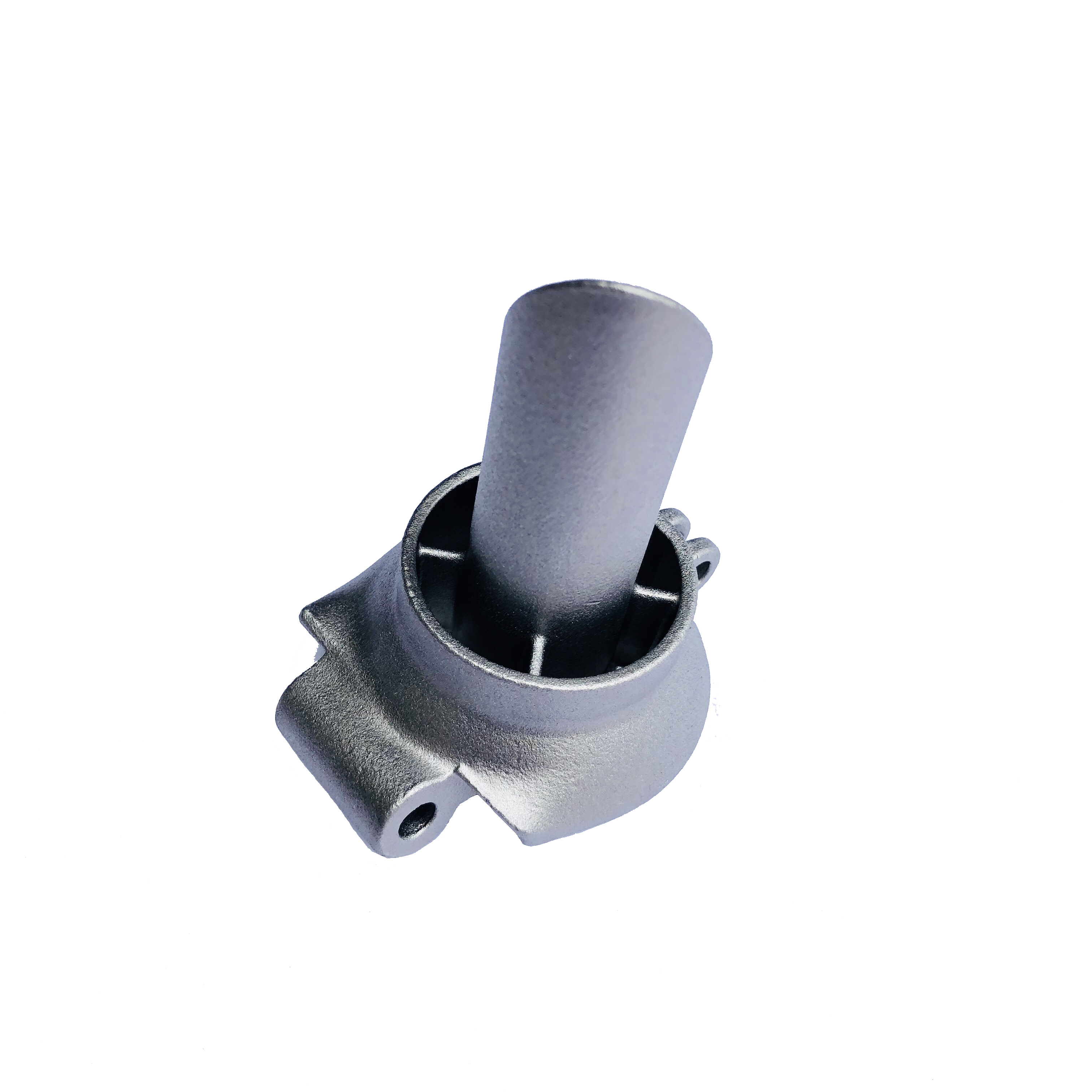Views: 0 Author: Site Editor Publish Time: 2025-09-15 Origin: Site








The same 6,000-year-old metalworking technique that crafts jewelry also creates lifelike dental prosthetics. Lost wax casting plays a key role in producing crowns, bridges, and implants. Precision is critical for biocompatibility, ensuring a perfect fit and natural appearance. In this post, you’ll learn how foundries support dental prosthetic production efficiently.
High precision lost wax casting in dentistry is a precision method used to create metal frameworks for dental restorations. It begins with a wax model of the tooth or implant, which is then encased in a ceramic mold. The wax is burned out, leaving a cavity that is filled with molten metal. Finally, porcelain is layered for crowns or bridges to achieve natural aesthetics. Keyword: "Dental lost wax casting process"
Dental labs rely on lost wax foundries for several reasons. First, the method provides unmatched precision, achieving sub-0.1mm accuracy that prevents gum irritation and ensures perfect alignment. Crowns produced this way match the natural contours of teeth. Second, foundries offer biocompatible material options including gold alloys, which are hypoallergenic and durable; cobalt-chrome, which is strong and cost-effective; and titanium, which is lightweight and suitable for implants. Third, foundries are cost-efficient at scale, producing hundreds of units daily, which is far faster than in-lab milling processes.

The dental lost wax casting process starts with digital scanning or hand-sculpted wax model creation. CAD/CAM allows high precision, while bite registration scans ensure correct alignment. Next, ceramic molds are fabricated using high-temperature ceramic shells that hold molten metal accurately. Vacuum degassing removes air bubbles, enhancing the final detail. Metal casting follows, often using centrifugal casting to fill tiny details, then polished to prevent plaque buildup. For crowns and bridges, porcelain is layered using specific techniques to achieve natural translucency and glazed for stain resistance.
Method | Pros | Cons for Dental Use |
Best Lost Wax Casting | High detail, biocompatible | Longer production time |
CNC Milling | Fast | Limited to simpler geometries |
3D Printing | Rapid prototypes | Lower strength for molars |
Stainless steel lost wax casting stands out for its detail and biocompatibility, while CNC milling is faster but limited in complexity. 3D printing allows rapid prototypes but lacks strength for molars.
Lost wax casting supports several dental applications. For crowns and bridges, it ensures seamless gum lines and offers all-porcelain or metal-ceramic options. Partial denture frameworks benefit from thin, lightweight cobalt-chrome designs and precisely fitted clasps for comfort. Dental implant components, such as abutments, require threaded precision for secure and accurate placement.
Selecting a dental lost wax foundry involves reviewing certifications and capabilities. ISO 13485 compliance and FDA-approved materials ensure safety and quality. Turnaround time is important, typically 3–7 days for crowns, though rush services may affect quality. When evaluating samples, examine surface smoothness under a microscope and test marginal fit to ensure proper alignment and performance.

Foundries are adopting innovations like 3D-printed wax patterns for faster design iterations. Hybrid techniques combine CAD-designed frameworks with hand-finished margins to achieve superior precision and aesthetic quality.
Lost wax casting foundries are indispensable for dental labs.They deliver exceptional precision, ensuring perfect fits for crowns, bridges, and implants.Biocompatible metals like gold, cobalt-chrome, and titanium guarantee safety and durability.
Foundries also provide cost-efficient production, allowing labs to create hundreds of units daily.Working with certified foundries ensures consistent quality, faster turnaround, and reliable outcomes.Dental professionals should request a quote from certified dental casting partners to start improving workflow.
The Evolution of Lost Wax Casting Techniques Over the Centuries
Revolutionizing Aerospace Propulsion Systems in Lost Wax Casting Area
The Evolution of Lost Wax Casting Casting in Artisanal and Craftsmanship Industries
Unlocking Customization and Small Batch Production with Lost Wax Casting
Unveiling the Future Trends in Lost Wax Casting: Advancements in Investment Casting Technology
Lost Wax Casting: Revolutionizing Sustainable Building Materials
Lost Wax Casting: Revolutionizing Environmental Remediation Projects
Lost Wax Casting: Revolutionizing Sustainable Fashion Accessories